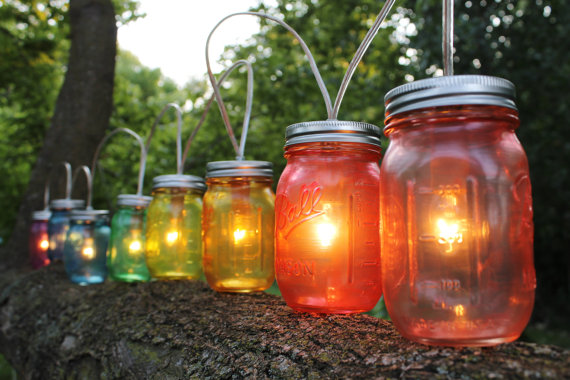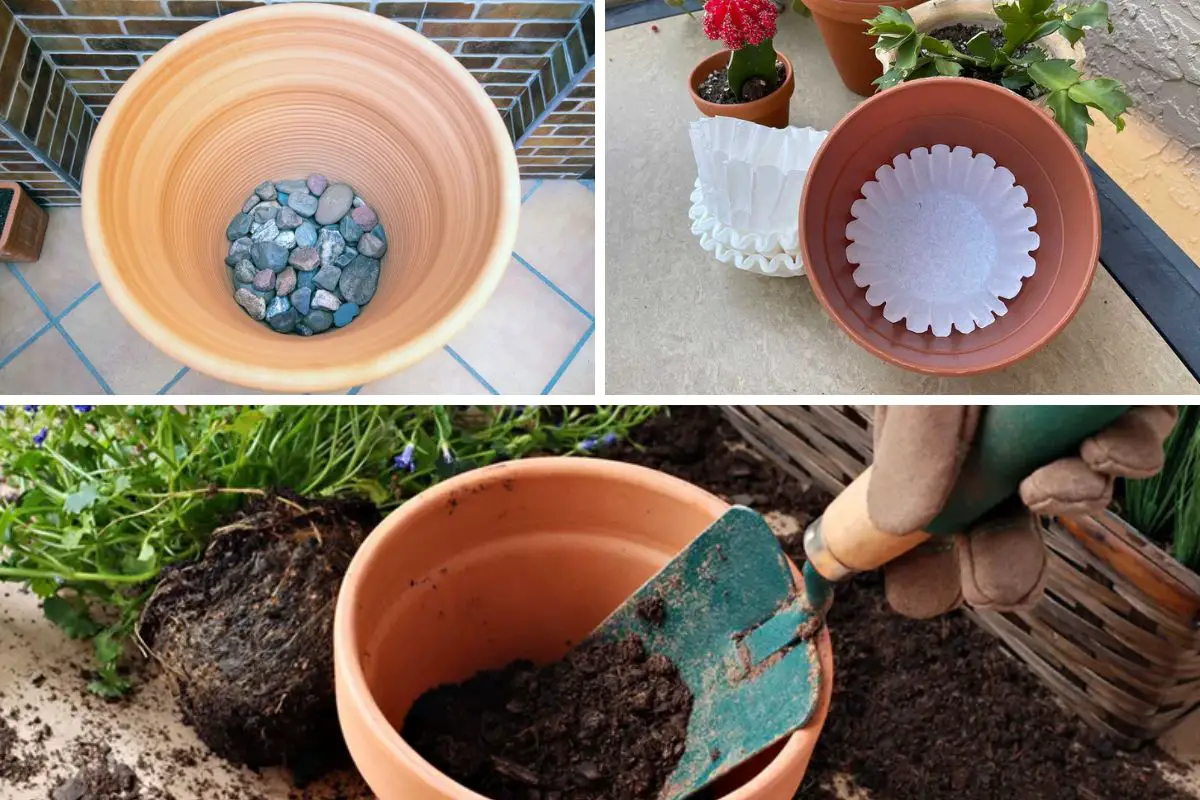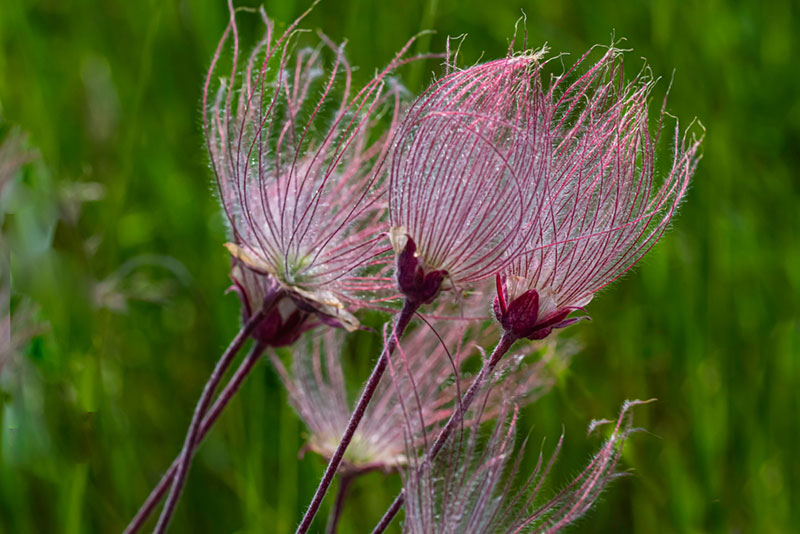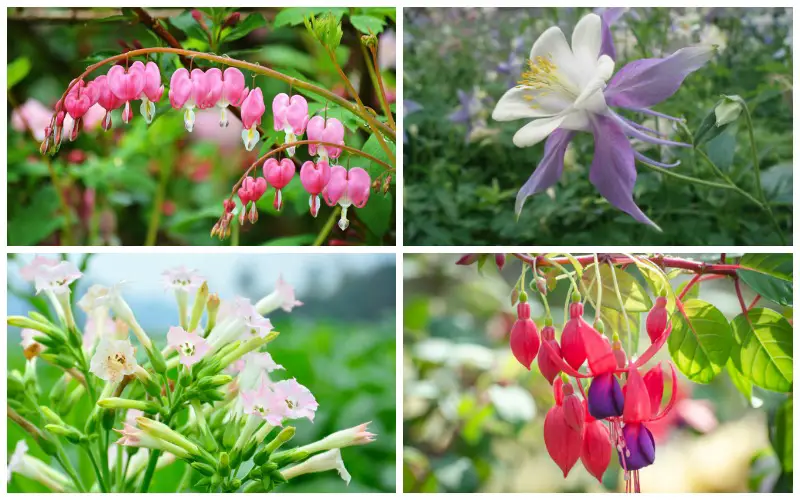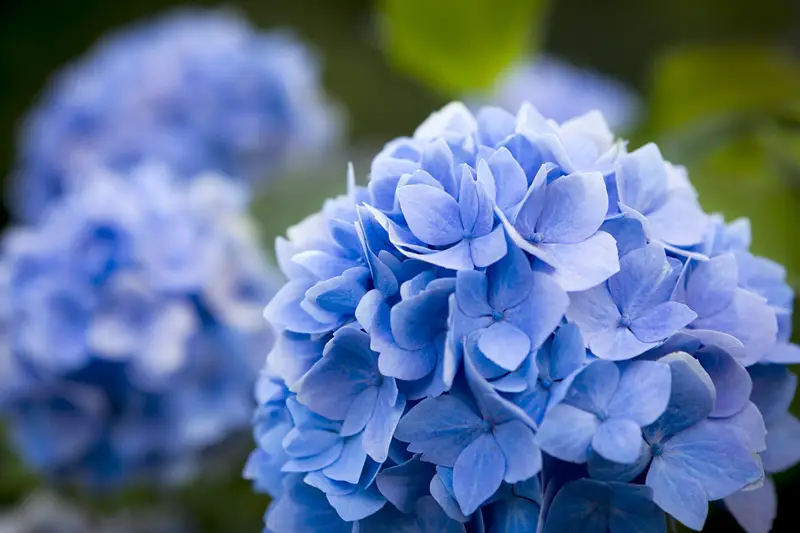
As gardeners, we are surrounded by beautiful plants that we grow indoors or outdoors. While some of these plants and flowers are readily edible, and many are, some of the most widely grown ornamental flowers can be fatal. As you look around your garden, you probably aren’t wondering about the toxicity of the plant’s you’ve chosen, but perhaps you should be.
Many of the most toxic plants are grown ornamentally in our gardens for their fragrance, beauty, or hardiness. Some can be fatal in minutes, others hours, and some in days. Some can have lasting effects on your health. And while adults typically aren’t roaming around your garden, eating the plants to satisfy curiosity, small children might.
If you have small children or pets, you might be surprised at the plants lurking in your garden that could seriously harm your family.
1. English Yew
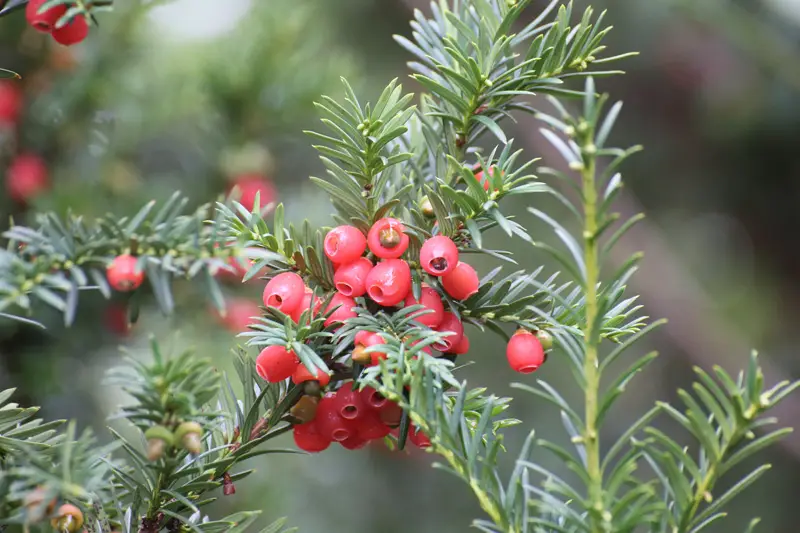
Also known as taxus baccata, English yew is an ornamental tree that can reach astounding ages. Some of the oldest yews are estimated to be 2000 to 4000 years old. Most parts of the plant are toxic, except the bright red aril around the seed, so birds that consume these seeds typically ingest it whole, digest the fleshy aril, and then pass the seed intact. If ingested, symptoms may or may not occur, and death can follow in a few hours. If symptoms do occur, they can include weakness, trembling, and collapse.
2. Hydrangea

Hydrangeas are a flowering plant in a variety of colors and in two distinct shapes. Shown above is the “pom-pom” shaped bloom. We typically grow these shade-loving flowers as ornamental flowers, as the bright colors and cheerful blooms can really perk up the landscaping. These flowers are moderately toxic, and can be deadly to humans due to the cyanide contained in each part of the plant.
3. Daffodil
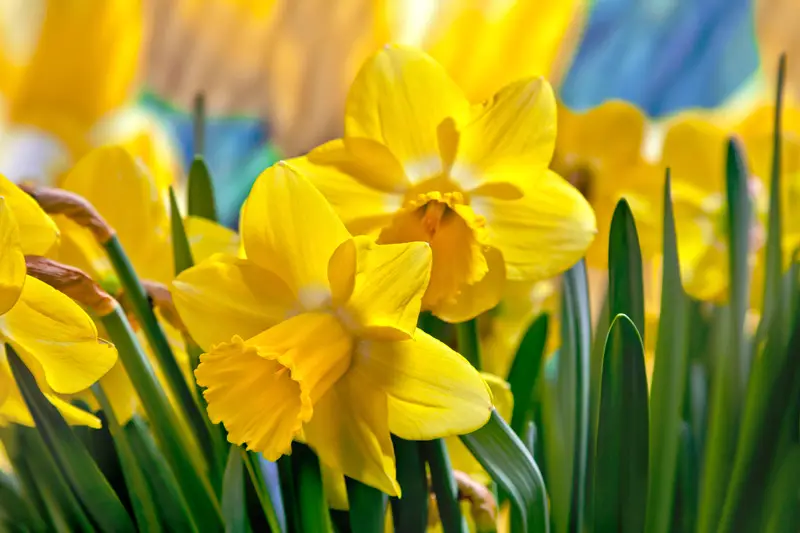
One of the most common ornamental flowers, the daffodil, otherwise known as a narcissus, contains the alkaloid poison lycorine in its leaves and bulb. In the garden, the bulb can even be toxic to other plants, including roses. If you put it in a bouquet with other flowers, you may notice that the other flowers tend not to live as long. When handling daffodils, be sure to wear protective gloves. Gardeners often get “daffodil itch,” a condition that causes skin irritation, drying, and cracking. Ingesting the poisonous parts of a daffodil results in nausea, vomiting, and diarrhea. If you still choose to plant daffodils in your garden, take care that you don’t have any open wounds or sores on your hands or forearms. Even a light touch can result in poisoning.
4. Oleander
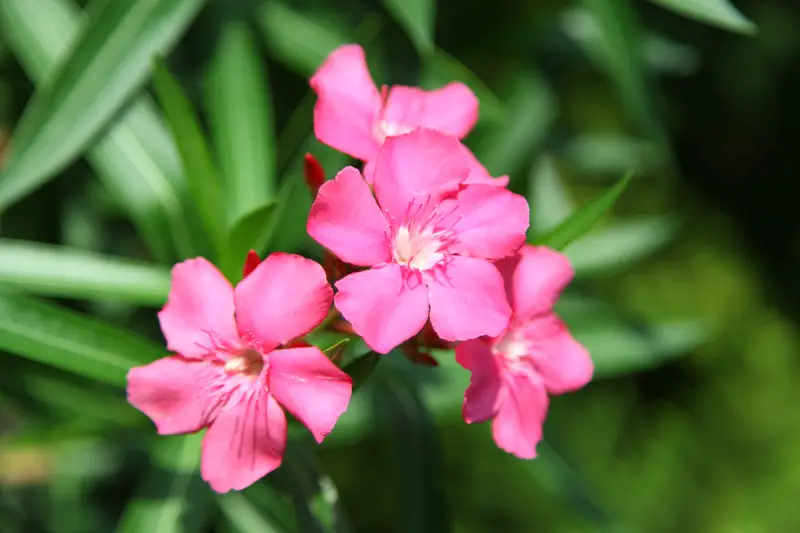
Oleander, or nerium oleander, are pretty blooms that happen to be one of the most poisonous of commonly grown garden plants. We plant these beauties for their fragrant buds that bloom all summer and fall, and thick green shrubbery. When ingested, oleander affects the gastrointestinal system, the heart, and the central nervous system. The most poisonous parts of an oleander are the branches and leaves.
5. Water Hemlock
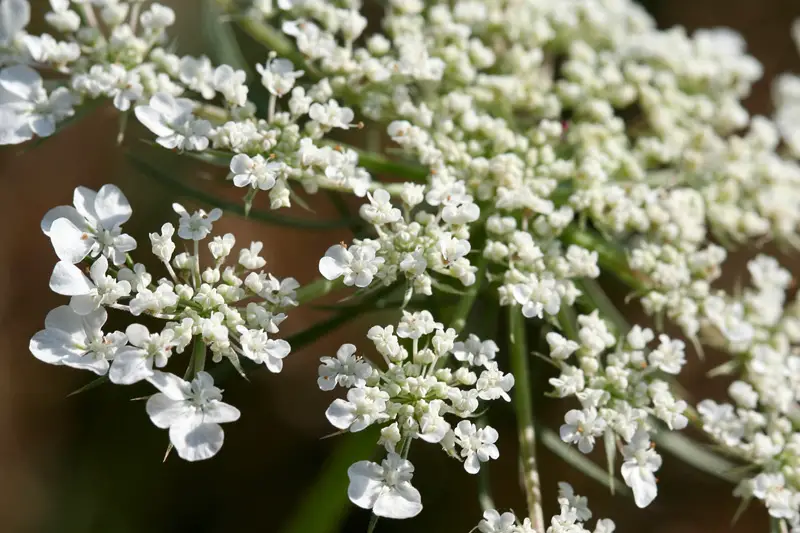
Water Hemlock, or Cicuta, is one of North America’s most toxic plants. And although they aren’t commonly, or at least purposefully, planted in gardens, there may still be several plants growing around your property, particularly if you live near a meadow or stream, or even a swampy area. When ingested, water hemlock causes violent seizures. Death from Water Hemlock typically comes from complications of the seizures, and a number of people have been reported to have died from ingesting this plant. Most commonly, water hemlock is ingested by livestock, where it can cause death within fifteen minutes.

